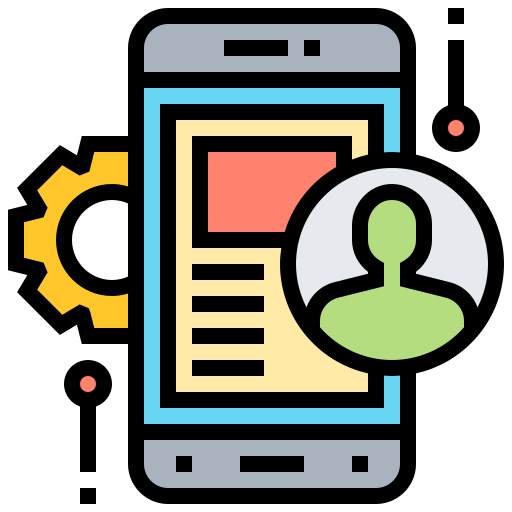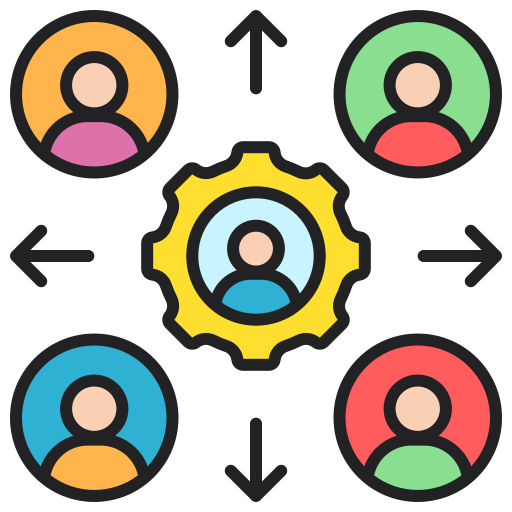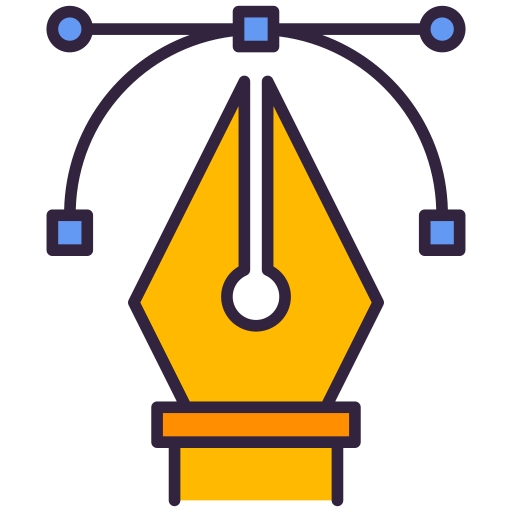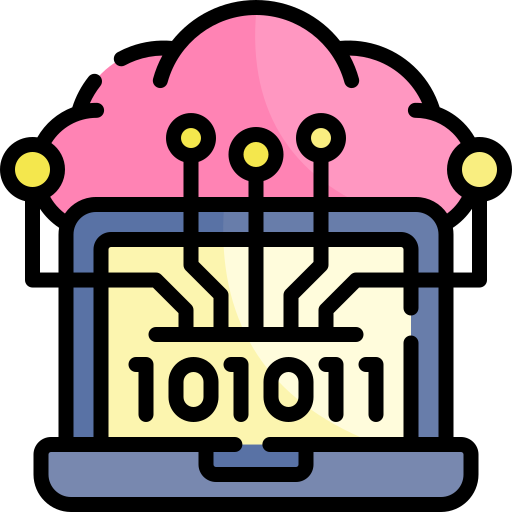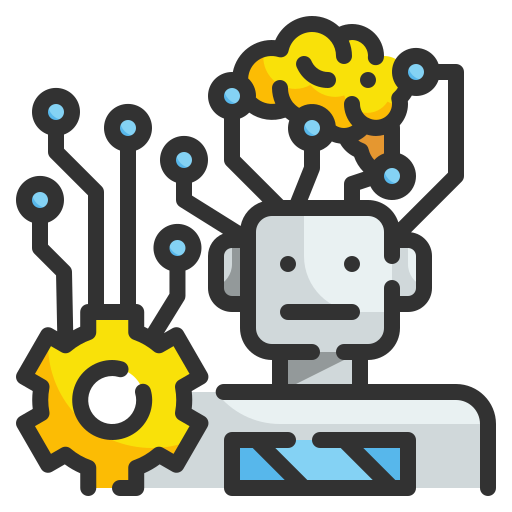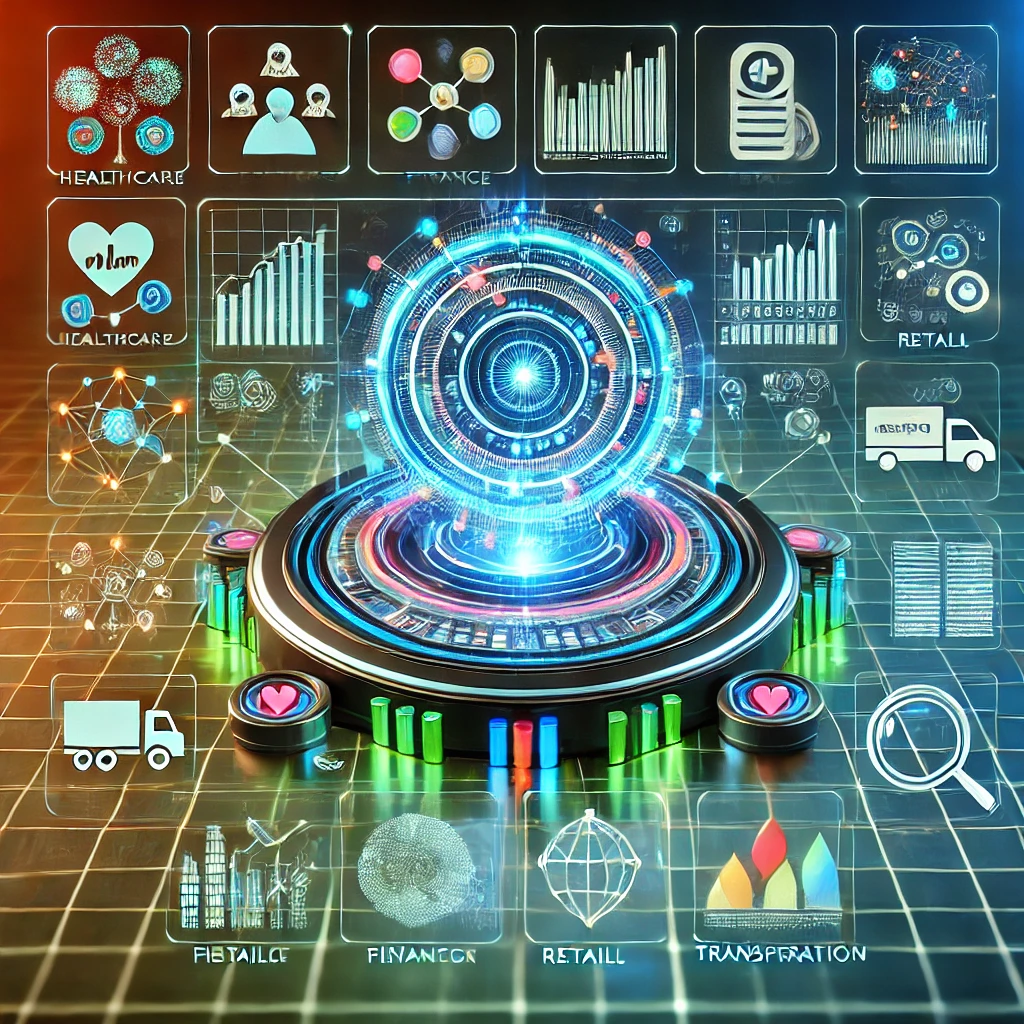In today’s digital age, the term Data Science has become a buzzword. From predicting consumer behavior to optimizing business operations, Data Science is transforming industries and redefining how decisions are made. But what exactly is Data Science, and why has it become so indispensable?
What is Data Science?
Data Science is a multidisciplinary field that combines statistical analysis, machine learning, data visualization, and domain expertise to extract actionable insights from data. It involves collecting, cleaning, analyzing, and interpreting large volumes of structured and unstructured data to solve real-world problems.
Key Components of Data Science
- Data Collection
Gathering data from various sources such as databases, IoT devices, and social media platforms. - Data Cleaning
Ensuring data is free from errors, inconsistencies, and irrelevant information. - Data Analysis
Using statistical tools and algorithms to uncover patterns and trends. - Data Visualization
Presenting data insights through charts, graphs, and dashboards for better understanding. - Machine Learning
Developing predictive models to automate decision-making processes.
Why is Data Science Important?
Data Science is the backbone of decision-making in the modern world. Here’s why:
- Informed Decision-Making
Businesses use Data Science to analyze market trends, customer behavior, and operational efficiencies, enabling them to make informed decisions. - Enhanced Customer Experience
Personalized recommendations on platforms like Netflix and Amazon are powered by Data Science. - Operational Efficiency
Companies optimize supply chains and reduce costs by analyzing data. - Scientific Research
Data Science aids in advancing fields like genomics, climate science, and medicine.
Applications of Data Science Across Industries
1. Healthcare
- Predicting patient outcomes.
- Optimizing treatment plans.
- Managing hospital resources efficiently.
2. Finance
- Fraud detection using anomaly detection algorithms.
- Risk management and credit scoring.
3. Retail
- Inventory management and demand forecasting.
- Enhancing customer engagement through personalized offers.
4. Transportation
- Optimizing logistics and supply chains.
- Powering autonomous vehicles through real-time data processing.
Tools and Technologies in Data Science
| Tool/Technology | Purpose |
|---|---|
| Python, R | Programming and statistical analysis |
| SQL | Database management |
| Tableau, Power BI | Data visualization |
| TensorFlow, PyTorch | Machine learning and AI |
The Future of Data Science
The demand for Data Science professionals is soaring. According to a report by Glassdoor, Data Scientist has been one of the most sought-after job roles for the past five years. As technology advances, fields like Artificial Intelligence (AI) and Big Data will further drive innovation, making Data Science an integral part of our lives.
How to Start a Career in Data Science
If you’re looking to step into this exciting field, here’s how to get started:
- Learn the Basics
Familiarize yourself with programming languages like Python and statistical tools. - Get Hands-On Experience
Work on projects and participate in data science competitions on platforms like Kaggle. - Earn Certifications
Enroll in Data Science courses offered by Coursera, Udemy, or edX. - Build a Portfolio
Showcase your skills and projects on platforms like GitHub.
Conclusion
Data Science is not just a career path; it’s a way to make an impact in the world. Whether it’s fighting diseases, creating smarter cities, or predicting climate change, Data Science has the potential to solve some of humanity’s biggest challenges. For businesses, individuals, and societies alike, embracing Data Science is no longer optional—it’s essential.http://google.com




